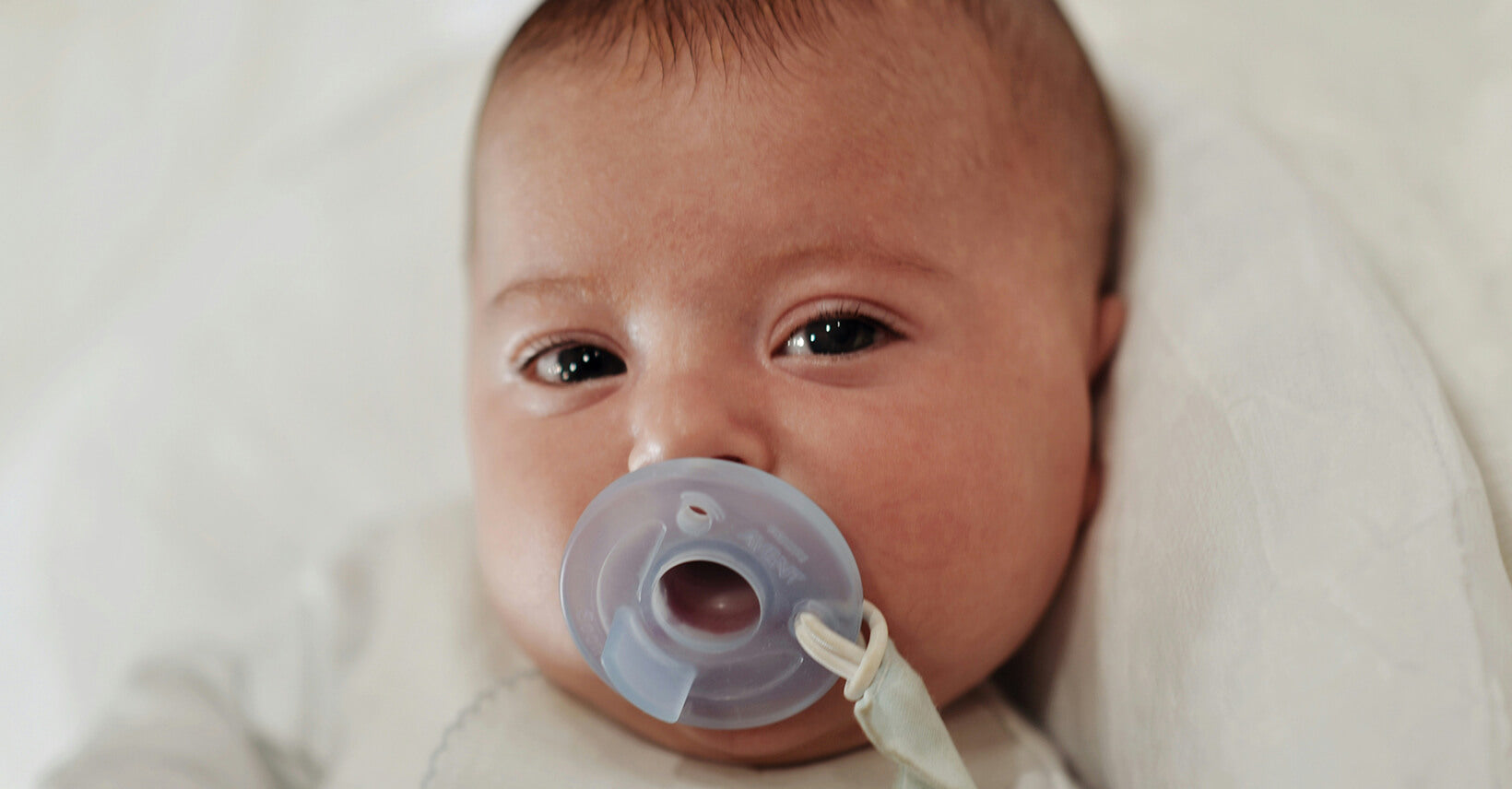


Wake windows refer to the specific periods of time during which a newborn or infant is awake and alert between their sleep sessions. These windows are crucial for understanding a baby's sleep patterns and tailoring their sleep routines effectively.
In essence, wake windows are the durations when a baby is naturally awake before needing to sleep again. Recognizing and working within these wake windows can greatly influence a baby's sleep quality and overall well-being.
In summary, wake windows are the distinct intervals of wakefulness in a baby's daily routine, which play a vital role in structuring their sleep schedule.
The "Sleep Window" is a critical concept in infant sleep management, referring to the specific timeframe during which a baby is naturally inclined to fall asleep with ease. It is the opportune moment when a baby's physiological and circadian rhythms align to facilitate a smoother transition from wakefulness to slumber.
The fundamental distinction between "Wake Window" and "Sleep Window" lies in their focus and purpose. While a "Wake Window" pertains to the period when a baby is awake and alert between sleep sessions, aiming to manage activity and prevent overtiredness, a "Sleep Window" highlights the opportune timeframe during which a baby is naturally inclined to fall asleep with minimal resistance. In essence, the former revolves around maintaining balanced wakefulness, while the latter centers on seizing the optimal moment for restful slumber.
Recognizing and respecting wake windows offers a multitude of advantages for both babies and parents.
Enhanced Sleep Quality: Navigating wake windows allows parents to recognize the appropriate timing for sleep by observing when their baby is most likely to become tired. By acknowledging the baby's wakeful periods, parents can anticipate the onset of the baby's optimal "sleep window," facilitating smoother and more restful sleep.
Optimal Learning and Engagement: Recognizing and respecting the "wake window" allows parents to engage their baby during the times when they are naturally most alert and receptive. Babies are more open to learning, interaction, and developmental activities during these periods. By providing enriching experiences within these wakeful phases, parents can enhance their baby's cognitive, sensory, and motor skills development.
Cognitive and Physical Development: Babies who experience activities and interactions aligned with their "wake window" are more likely to have opportunities for cognitive and physical development. Engaging during these alert periods supports neural connections, language acquisition, and motor skill development. It also allows for the consolidation of learning experiences during sleep.

Balanced Awake Time and Contentment: Navigating the "wake window" ensures that babies receive an appropriate balance of awake time and rest. Adequate awake time encourages babies to explore their environment, interact with caregivers, and engage in sensory experiences. This balanced approach contributes to improved mood, contentment, and reduced likelihood of fussiness due to overstimulation or overtiredness.
Efficient Feeding and Interaction: The "wake window" provides an optimal time frame for feeding and nurturing interactions. Babies are more likely to be attentive and responsive during these phases, promoting effective feeding sessions and meaningful bonding moments. This contributes to a strong parent-child connection and overall well-being.
The duration of a newborn's wake window typically falls within the range of 30 minutes to 1 hour. This time frame refers to the period between a baby waking up from sleep and the optimal time for their next nap or bedtime. The length of a newborn's wake window is influenced by several factors, including their age and individual variations.
Age:
0-1 Month: During the first few weeks of life, a newborn's wake window is relatively short, typically ranging from 30 to 45 minutes. Newborns spend most of their time asleep, and when they're awake, they become tired quickly. This short wake window reflects their need for frequent sleep and feeds.
1-2 Months: As newborns reach the one to two-month mark, their wake window gradually extends. Babies in this age range might stay awake and alert for around 45 minutes to 1 hour before showing signs of tiredness.
2-3 Months: Between two to three months, wake windows continue to lengthen. Babies may remain awake for about 1 to 1.5 hours during their wake window. However, individual variations remain significant, so observing your baby's cues is essential.
3-6 Months: By three to six months, babies typically have wake windows of 1.5 to 2 hours. Their ability to stay awake and engaged with their environment increases, but they still need regular naps to prevent overtiredness.
6-9 Months: Between six to nine months, wake windows continue to expand. Babies in this age range may stay awake for about 2 to 2.5 hours before showing signs of tiredness. Their increased cognitive and physical activity during wakefulness contributes to their need for longer wake windows.
9-12 Months: As babies approach their first year, wake windows typically range from 2.5 to 3 hours. They continue to engage with their environment, explore, and learn during these awake periods.
1-2 Years: Toddlers aged one to two years usually have wake windows of around 3 to 4 hours. Their wakefulness allows for more extensive activities, play, and interactions.
Time of Day: Wake windows can differ depending on whether it's morning, afternoon, or evening. Newborns might have slightly longer wake windows in the morning compared to later in the day.
Adjustments and Observations: It's important to note that these ranges are general guidelines, and each baby is unique. Some babies may naturally have slightly longer or shorter wake windows. Careful observation of your baby's cues and responses will help you determine the optimal time for naps and bedtime.
Monitor Wakeful Periods: Keep a watchful eye on how long your baby stays awake between sleep periods. As wake windows vary based on age and individual factors, observing when your baby becomes tired after waking up will help you identify the optimal duration of their wake window. This knowledge enables you to plan naps and bedtime accordingly, promoting smoother transitions to sleep.
Create a Routine: Establishing a consistent daily routine can help regulate wake windows. Babies thrive on predictability, so try to keep wake times and sleep times relatively consistent each day. Consistency fosters a sense of security and aids in managing their awake and sleep cycles.
Start Early: Begin the nap or bedtime routine before your baby becomes overtired. Timing is essential, as waiting until your baby is overly tired can lead to difficulty falling asleep and shorter sleep durations.
Engage in Calming Activities: As the wake window comes to an end, engage in soothing and calming activities to prepare your baby for sleep. Dim the lights, engage in quiet play, or read a book to help your baby wind down.
Limit Stimuli: During the latter part of the wake window, minimize stimulating activities. Avoid bright lights, loud noises, and excessive play, which can make it harder for your baby to transition to sleep.
Use White Noise: White noise or gentle background sounds can create a soothing atmosphere that aids in the transition from wakefulness to sleep.
Adjust Wake Windows as Needed: Be flexible and adjust wake windows based on your baby's responses. Some days your baby may need slightly shorter or longer wake windows, and it's important to be attuned to their individual needs.
Keep a Sleep Journal: Keeping track of your baby's sleep and wake times can help you identify patterns and refine their wake window management over time.
Tummy Time: Place your baby on their tummy for short periods while they are awake. This helps strengthen their neck and upper body muscles, promoting healthy development.
Interactive Play: Engage in interactive playtime, such as making funny faces, playing peek-a-boo, or using colorful toys to stimulate their senses and encourage cognitive growth.

Gentle Movement: Gently rock, sway, or dance with your baby in your arms. This soothing motion can help calm your baby and provide a sense of security.
Sensory Exploration: Introduce sensory activities like touching different textures, listening to soft music or nature sounds, and exploring safe objects with their hands.
High-Contrast Toys: Use high-contrast toys or books with bold patterns and colors to capture your baby's attention and aid in visual development.
Story Time: Read simple board books or stories with bright pictures and rhythmic patterns. This helps promote language development and encourages a love for reading.
Baby Gym: Place your baby under a baby gym with dangling toys that encourage reaching, batting, and grasping movements. This enhances their motor skills.

Mirror Play: Show your baby their reflection in a safe, baby-friendly mirror. This can be fascinating and stimulate self-recognition.
Nature Exploration: If weather permits, take your baby for a short stroll outdoors. The fresh air and changing scenery can provide sensory stimulation.
Baby Massage: Gently massage your baby's arms, legs, and back with baby-safe oil. This not only promotes relaxation but also enhances bonding.
Social Interaction: Engage in face-to-face interactions, sing songs, or have simple conversations with your baby. These interactions foster social and emotional development.
Soft Play Mat: Place your baby on a soft play mat with colorful patterns and attached toys. This encourages them to explore their surroundings.
Water Play: Fill a shallow basin with water and let your baby splash their hands or feet. Always supervise closely during water play.
Baby Music: Play soothing or playful music to engage your baby's auditory senses and create a calming atmosphere.
Balloons: Blow up balloons and let your baby watch them float or gently tap them. Always supervise to ensure safety.
Challenge: Overtiredness
Challenge: Nap Refusal
Challenge: Transitioning to Fewer Naps
Challenge: Interruptions
Challenge: Overstimulation
Challenge: Teething and Discomfort
By understanding why these challenges arise and implementing appropriate solutions, you can effectively manage wake windows and support your baby's healthy sleep patterns. Remember that each baby is unique, so flexibility and observation are key to adapting wake windows to your baby's changing needs.

Lily Hou
An expert in sleep sack design, is a valued contributor to Kaiya Baby's blog. With a strong background in baby sleep bags and maternal care, she is highly regarded for her professionalism. Lily prioritizes baby comfort and safety in her designs, using high-quality materials. Her insightful articles on sleep bags have been featured in reputable publications and have gained a significant readership. Trust Lily to help you create a comfortable and safe sleep environment for your baby, backed by her proven track record in the industry.
Leave a comment
This site is protected by hCaptcha and the hCaptcha Privacy Policy and Terms of Service apply.